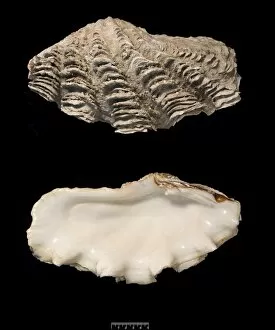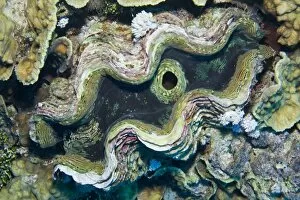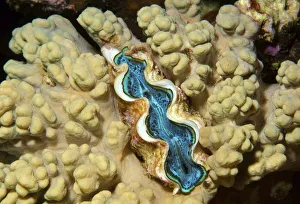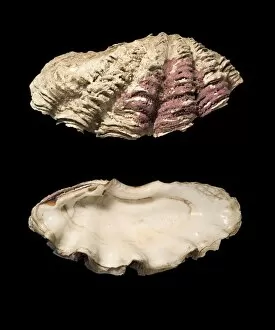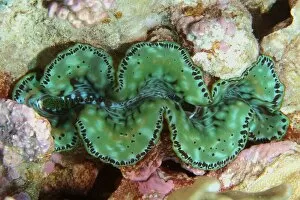Tridacnidae Collection
"Discover the Majestic World of Tridacnidae: From Giant Clams to Boring Clams" Tridacnidae, also known as giant clams
All Professionally Made to Order for Quick Shipping
"Discover the Majestic World of Tridacnidae: From Giant Clams to Boring Clams" Tridacnidae, also known as giant clams, are fascinating creatures found in various parts of the world. One such species is Tridacna maxima Röding, 1798, commonly referred to as the giant clam. With its impressive size and vibrant colors, it captivates marine enthusiasts worldwide. Another remarkable member of this family is Tridacna gigas, renowned for its enormous size and striking appearance. This giant clam can reach up to four feet in length and weighs several hundred pounds. It truly lives up to its name. In the Red Sea off Egypt's coast lies a unique species called Fluted Giant Clam or Scaly Clam (Tridacna squamosa). Its intricate patterns and hues make it a true gem of these waters. The saltwater clam species belonging to the genus Tridacna Bruguière are also found in abundance in Africa's Red Sea. These clams add vibrancy and life to their surroundings with their mesmerizing colors. Moving towards Queensland, Australia, we encounter another intriguing variety - the Boring Clam (Tridacna crocea). Despite its unassuming name, this clam showcases an exquisite mantle when observed up close during low tide. Giant Blue Clam (Tridacna maxima) is yet another captivating member of this family that demands attention due to its stunning blue hue. Its presence adds a touch of elegance wherever it resides. The beauty doesn't end there; even their shells hold immense allure. The Giant clam shells C016 / 6060 and C016 / 6059 exhibit intricate patterns that have fascinated collectors for generations. Venturing further into Africa's Egyptian waters reveals more wonders – Tridacna gigas once again graces us with its magnificence.

